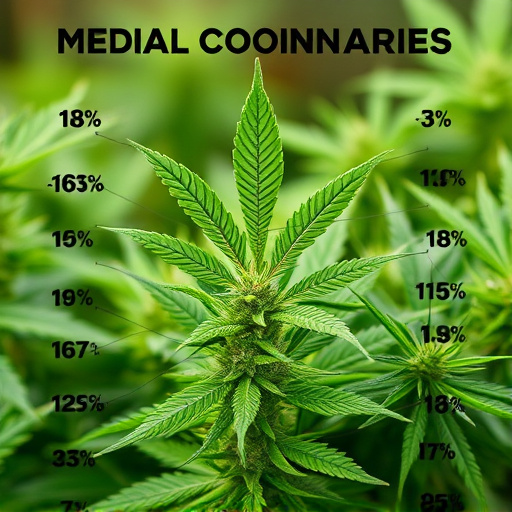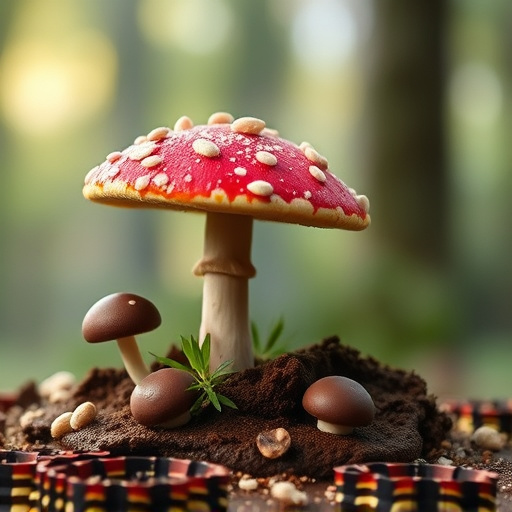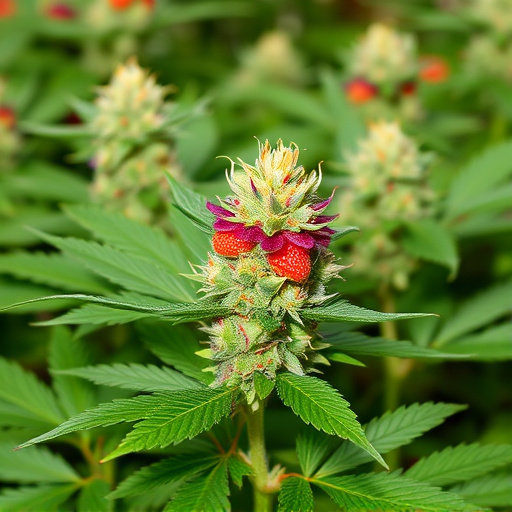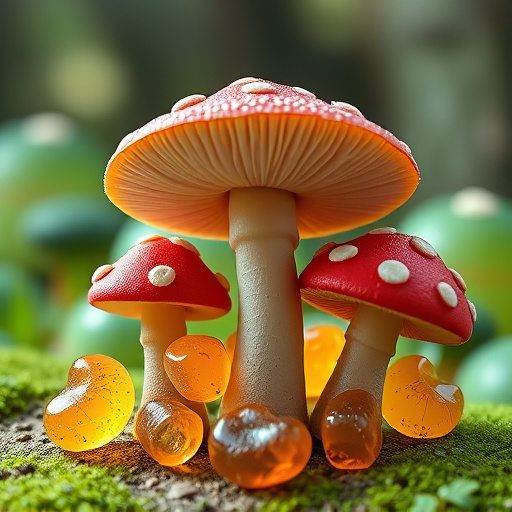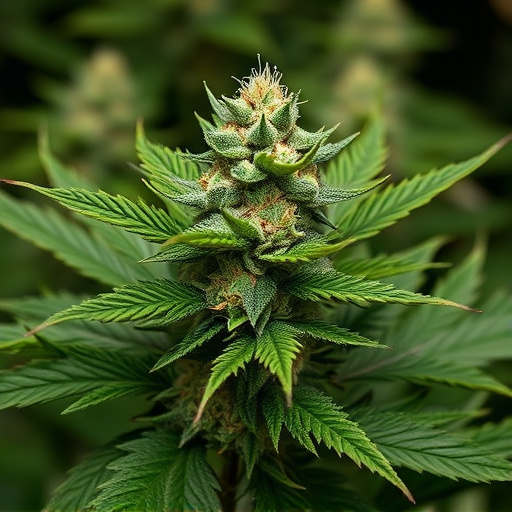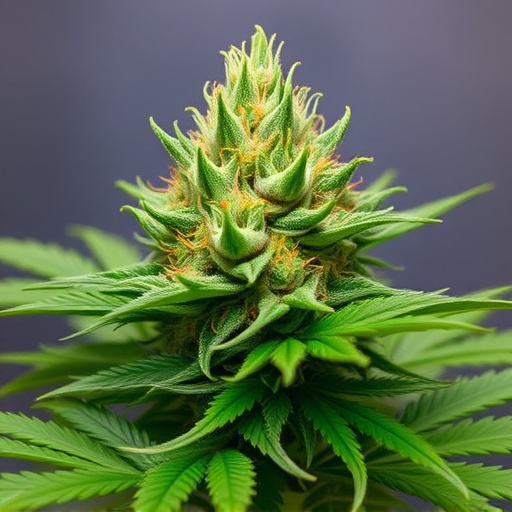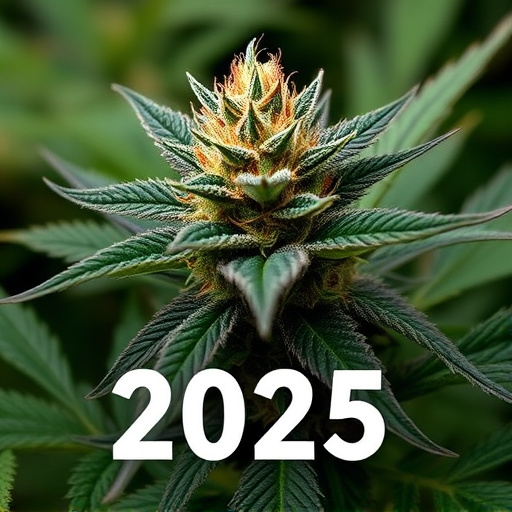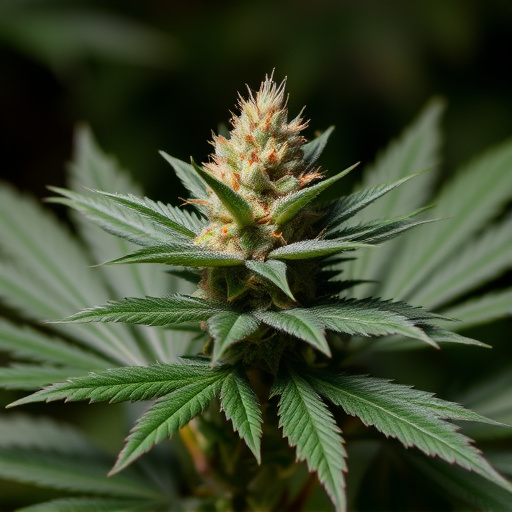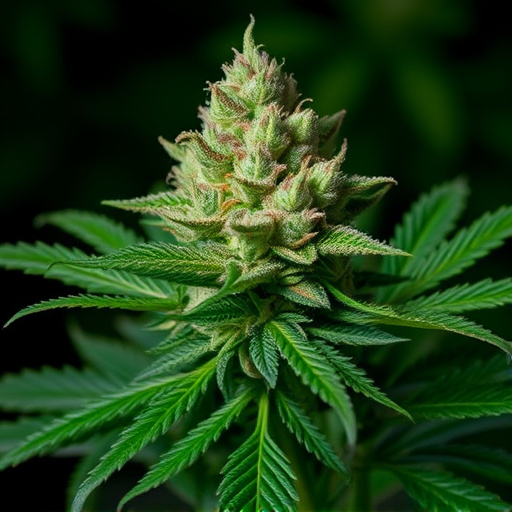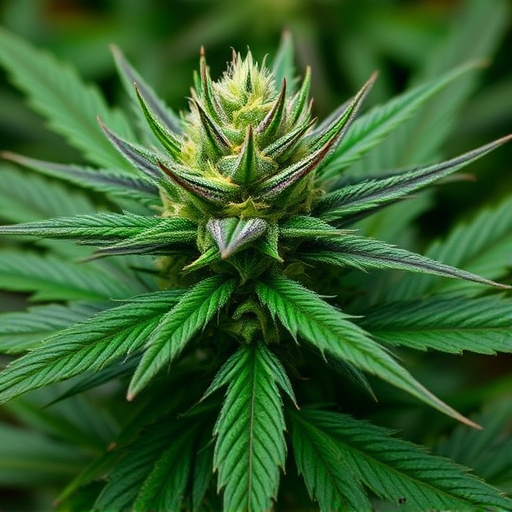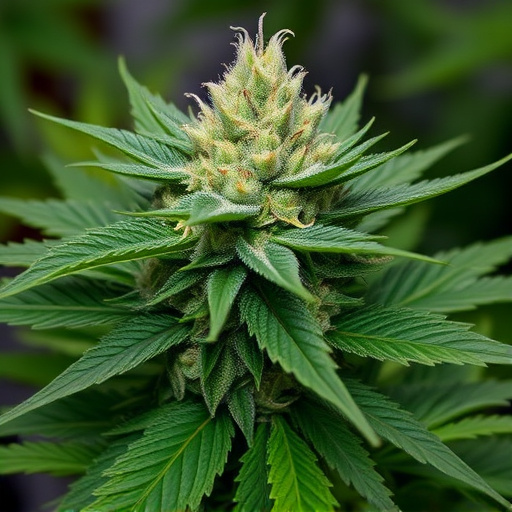Vaporization and combustion are contrasting smoking methods for cannabis, with vaporization offering health benefits, improved flavor profiles, energy efficiency, and better temperature control due to lower temperatures (180°C – 218°C). In 2025, advancements in technology are expected to bring out top cannabis strains that are even better suited for vaporization. While combustion provides immediate satisfaction and robust flavors, it poses significant health risks and environmental concerns. Alternative methods aim to offer a healthier, more controlled experience while catering to evolving consumer needs.
In the ever-evolving landscape of cannabis consumption, understanding diverse smoking methods is key. This comprehensive guide delves into the world beyond traditional combustion, exploring vaporization as a healthier alternative and highlighting the unique characteristics of various strains tailored for specific techniques in 2025. From desktop vaporizers to innovative edibles, we navigate the tapestry of modern cannabis use, empowering consumers to make informed choices. Discover top strains designed for optimal experiences, catering to both sativa and indica preferences while embracing portable convenience.
- Vaporization vs. Combustion: Health and Efficiency Comparison
- – Benefits of vaporization: Improved flavor, more controlled temperature, faster inhalation, reduced harmful byproducts
- – Pros and cons of combustion: Instant satisfaction, stronger taste, social aspect, but potential health risks, environmental impact
Vaporization vs. Combustion: Health and Efficiency Comparison
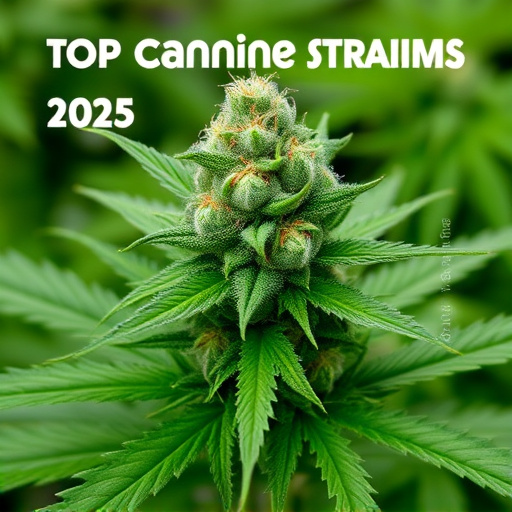
Vaporization and combustion are two distinct smoking methods with significant implications for both health and efficiency. Vaporization involves heating cannabis to a lower temperature, typically between 180°C to 218°C (356°F to 424°F), to release its active compounds in the form of vapor. This method avoids the combustion process, significantly reducing the production of harmful byproducts like tar and carbon monoxide. As a result, vaporization is often considered a healthier alternative to traditional smoking methods.
In contrast, combustion occurs when cannabis is heated to much higher temperatures, usually above 260°C (500°F), causing burning and releasing a mix of compounds, including many that are not present in the vaporized form. While combustion provides faster onset times, it also leads to increased exposure to potentially harmful substances. In terms of efficiency, vaporization is generally more energy-efficient as it uses less heat and consumes less material compared to combustion. Moreover, with advancements in technology, 2025 promises to bring top cannabis strains that are better suited for vaporization, enhancing the overall user experience by maximizing both health benefits and cost-effectiveness.
– Benefits of vaporization: Improved flavor, more controlled temperature, faster inhalation, reduced harmful byproducts
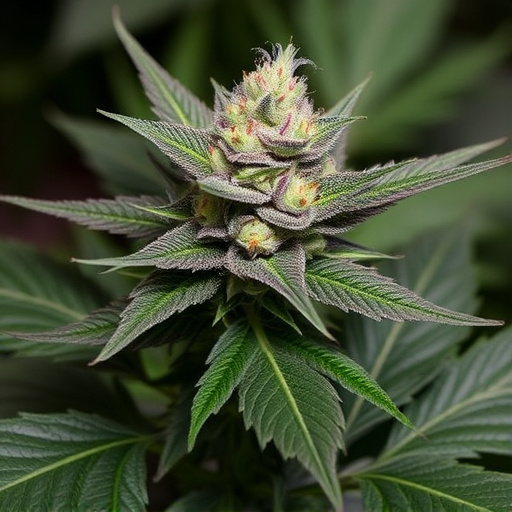
Vaporization, or vaping, has emerged as a preferred method for cannabis consumption in recent years. One of its key advantages is the improved flavor it offers. By heating cannabis to specific temperatures, vapers can enjoy the full spectrum of terpenes and cannabinoids present in the plant, resulting in a more nuanced and flavorful experience compared to traditional smoking. This method allows users to appreciate the unique attributes of different top cannabis strains 2025 without the harsh aftertaste often associated with burning.
Furthermore, vaporizers provide better temperature control. Users can precisely set the desired temperature, ensuring a consistent and controlled hit each time. This precision not only enhances flavor but also promotes faster inhalation, allowing users to feel the effects of cannabis more swiftly. Additionally, vaporization significantly reduces harmful byproducts often produced by burning, making it a healthier alternative to smoking.
– Pros and cons of combustion: Instant satisfaction, stronger taste, social aspect, but potential health risks, environmental impact

Combustion, or traditional smoking, offers an immediate sense of satisfaction for users. The process provides a swift release of cannabinoids, leading to quick relief and an intense sensory experience. This method is often favoured for its ability to deliver a robust and potent taste, making it a preferred choice among connoisseurs who appreciate the full spectrum of flavour in top cannabis strains 2025. Moreover, smoking in social settings can foster a sense of community and camaraderie, adding a recreational dimension to the experience. However, combustion also carries significant health risks, including respiratory issues and potential long-term damage to the lungs. The environmental impact is another concern, as smoke emissions contribute to air pollution.
Despite these drawbacks, combustion remains popular due to its immediate effects and the social aspect it encourages. Yet, with growing awareness of health and environmental issues, alternative methods are gaining traction. These innovations aim to provide a more controlled and potentially healthier experience while still delivering on flavour and satisfaction, catering to the evolving preferences of cannabis enthusiasts in 2025 and beyond.
When it comes to choosing a smoking method in 2025, vaporization emerges as a clear leader. With its superior health benefits, improved flavor profiles, and efficient temperature control, it offers an enhanced experience compared to combustion methods. While combustion provides instant gratification and a social aspect, the potential health risks and environmental impact cannot be overlooked. As we move forward, consumers will increasingly opt for vaporization among the top cannabis strains, ensuring a purer and more enjoyable way to consume.
